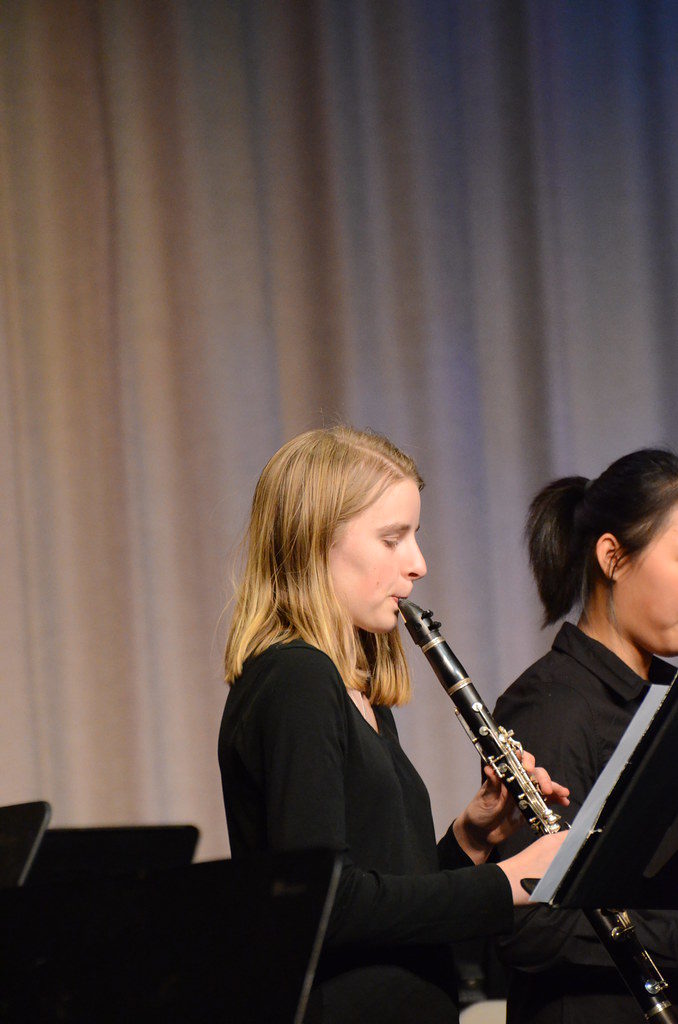Posts Tagged ‘Jazz and Rock Guitar Technique’
Clarinet – Making Ergonomic Changes and Technique (Musicians, Psychology, Pain, Strain, Injuries, Posture, Alexander Technique)(Albuquerque)
This ebook, An Alexander Technique Approach to Clarinet Technique, is published on this website in a PDF format. It is very detailed and practical, and it will give you the physical tools you need to take the limits off of your ability to create the accurate clarinet technique you want without sacrificing your body.
This ebook is also for sale on all AMAZON websites in a KINDLE format.
Located in Albuquerque, New Mexico, U.S.A. (MOVEMENT THERAPY)
In my ebooks on musical instruments I make suggestions to make different instruments more ergonomic, more user-friendly. Here are some of the examples:
The violinist or violist can attach the instrument to the player’s neck, which would eliminate having to hold onto the violin or viola with the head and chin.
Attach a block or PVC 4 inch coupling to the underside of the guitar, so that the guitar is raised up a more ergonomic playing position, with the guitar on the right leg, as you sit. I also write about how to use a strap on the guitar, whether classical, jazz, or rock guitar.
You can use a neck strap or harness on a clarinet, oboe, English horn, bassoon, or saxophone.
You can use an endpin on the bassoon when you sit.
You can place padding on the leg, so that the French horn player can rest the horn on the leg.
In all of the above, it is about making a change to the instrument, so that the instrument fits you and is much easier to play, without having to have poor posture to get the job done.
Even without the above suggestions, it is possible to minimize the wear and tear to the body as you perform, if you use the Alexander Technique principles of finding postural balance and doing the least amount of work to play your instrument with high dynamic.
BUT WHY DO IT THE HARD WAY? I’ve written about creating your own personal technique on your instrument using the postural and technique principles of good body use of the Alexander Technique as the basis to discover what works for you. Now, I’m suggesting you find your very own way to position the instrument, so that your personal technique becomes even more personal and user-friendly.
Here is the critical point in this discussion of technique, posture, and ergonomics.
IF YOU DON’T USE YOUR BODY WELL, WITH ALEXANDER TECHNIQUE PRINCIPLES OF GOOD POSTURE AND BODY AND TECHNIQUE USE, NO MATTER HOW ERGONOMIC YOU MAKE YOUR INSTRUMENT’S RELATIONSHIP TO YOUR BODY, YOU WILL STILL GET INTO PHYSICAL TROUBLE.
Example: There are all kinds of the ergonomic computer keyboards being designed out there. These newly designed keyboards may make a difference for a while, but they will NOT keep the computer user out of physical trouble, if the computer user uses his or her body poorly.
There is another incredible thing happening at this point in time, and that is the redesign of the actual instruments themselves. This is made possible by the 3D Printer. We now have the ability to experiment effortlessly and cheaply, redesigning the shape of any instrument.
An example: What if you redesigned a violin that didn’t have the traditional violin shape and sounded better than and played easier than the recognized definition of a violin? They already are making composite materials string instruments that sound wonderful, but they still maintain the physical look of the original wood instruments.
This is already being done with the classical guitar- redesigning the instrument. They’re trying to create an exceptionally loud composite materials guitar.
I also have a feeling with a 3D Printer, they will be able to make grand pianos with an amazing sound cheaply. Who knows what the piano will look like once it’s cheap and effortless to redesign the instrument? They’re already making pianos now with narrower keys for players with smaller hands.
Having said all of this, ergonomic positioning of your instrument and ergonomic instruments are no substitute for using your body well. This means lovingly creating a technique and posture that gives you total control over body – a technique and posture that does not cause pain, strain, and physical damage.
I’m a fan of finding a better ergonomic way to play your instrument and/or redesign instruments to make them better sounding and easier to play. But there is no substitute for creating a technique and posture that make it possible for you to be an even better player at 90-years-old than at 50.
